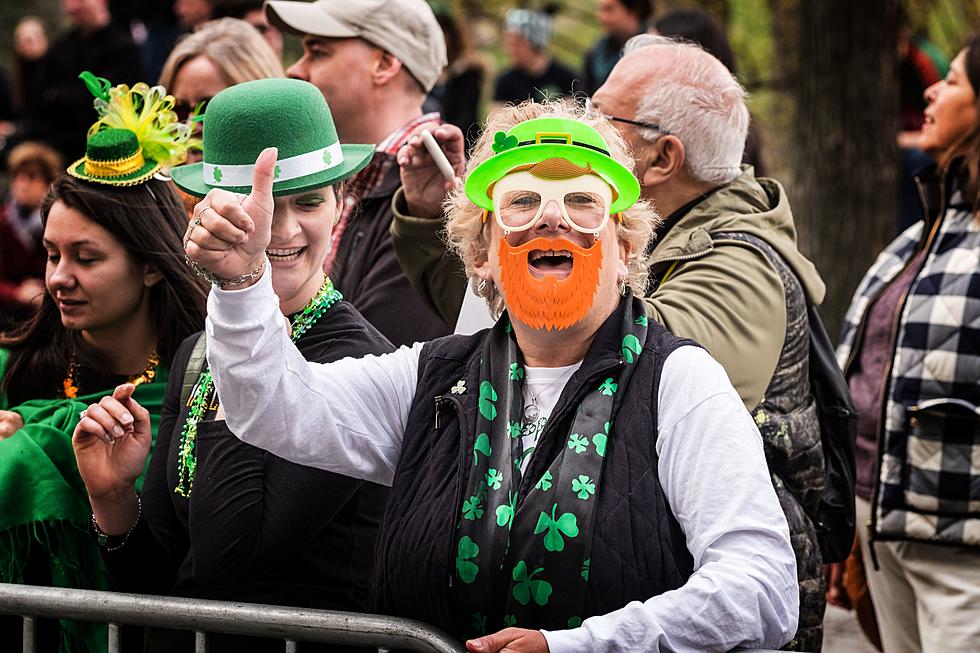
Here’s Why Some People Wear Orange on St. Patrick’s Day
When you think St. Patrick's Day, you instantly think of the color green. Green clothing, green beer, green food; just green, green, green, everywhere green. But for some, orange is the color of choice to celebrate the patron saint of Ireland thanks to its strong ties to the day.
To understand why we have to go back roughly 1,600 years to when St. Patrick walked the earth during the fifth century. Long story short, St. Patrick was a missionary from Britain who claimed he was told by an angel to spread Christianity to the people of Ireland, according to History.com. This vision happened shortly after he returned to Britain following his kidnapping by Irish raiders at the age of 16 that found him living as a prisoner on the island for six years. Personally, I would have never wanted anything to do with Ireland ever again, but when a messenger of God comes calling, you take that call.
While there were some Christians in Ireland at that time, many people practiced a "nature-based pagan religion," somewhat like Roman or Greek mythology. God of Thunder, Goddess of the Forest, etc., etc. Considering he is the patron saint of the country, I think it's safe to say Patrick's mission was a success. What does that have to do with wearing orange on his day? I'm getting there.

Over time, Irish Christians fell into two, let's say, camps (for lack of a better term), Protestants and Roman Catholics, with Catholics being the more predominant of the two. According to Time Magazine, the color green became associated with Irish Catholics thanks to military commander, Owen Roe O’Neill, who led a rebellion of Catholics against the English monarchy who had claimed a large part of land in northern Ireland for a plantation under King James I, displacing many Catholic landowners. As the story goes, O'Neill carried "a green flag with a harp to represent the Confederation of Kilkenny, a group that sought to govern Ireland and kick out the Protestants who had taken control of that land in the north of Ireland."
By process of elimination, you've probably figured out by now that orange is associated with Irish Protestants. It is believed the association comes from Prince William of Orange, a Protestant, who successfully overthrew King James II, you guessed it, a Catholic, during the Glorious Revolution in the late 1680s that gave Protestants control of the country.
Both colors are represented on the Irish flag with a white stripe in between believed to symbolize peace between the two religions, according to Britannica.
Most of us in the Tri-State wear green to celebrate the holiday I'll assume because that's how we've always seen it, not because of the large Catholic population that lives here. However, if you do see someone sporting more orange, now you know why. So, keep your hands to yourself and don't pinch them.
[Sources: History / Pagan Federation / Time Magazine / Britannica]
LOOK: Stunning vintage photos capture the beauty of America's national parks
More From WGBF-FM






